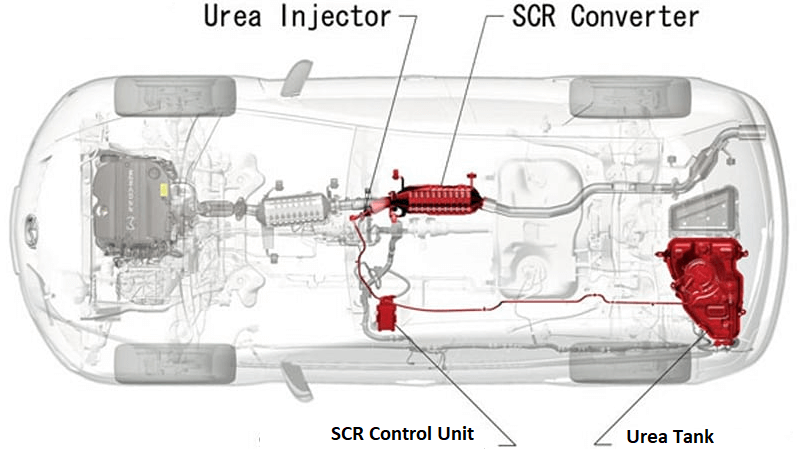Muscle Steroid-like power radiates from every contour of a newly customized muscle car, but the brawny outline needs to be balanced. The engine is burning fuel but pressure is being generated as a consequence of the combustion sequence. It’s the job of a performance exhaust system to keep this power cycle intact and energy-efficient by pushing spent fuel (gas) away from the engine. Like the physique of a finely tuned athlete, the engine has to breathe properly while creating energy. Here’s a few key tips for improving performance breathing, for choosing an exhaust system for muscle car enthusiasts.
Good Enough Thinking Has No Place in the Project
Instructional articles tend to gravitate towards the explanation of a product and how to buy the product on a budget, but this cost-effective philosophy will only hamper exhaust customization work. Buy the best muscle car exhaust on the market if possible. If you can’t buy the more expensive option, save for an extra month. The performance gain makes the extra wait and expenditure worthwhile.
Intelligent Engineering Enhances Key Attributes
You’ve spent an age working on your baby, so now isn’t the time to cut corners. If there is an unavoidable need to cut costs, evaluate your options. The first choice is the sound, a roar that screams performance. A multi-chambered exhaust chamber creates this animalistic roar, but there are also perforated configurations and straight-through models, specialized chambers that offer a variety of performance gains. Evaluate that need for sound, but match it against mileage savings, engine efficiency and material quality. A chrome-enhanced T-304 stainless steel exhaust will looks as good as the multi-chambered model, but are there any acceleration or torque improvements taking place? Cosmetic changes are fine for the amateur, but a disciple of the muscle car world usually looks for more concrete gains.
Horsepower and Torque as Twin Obsessions
Don’t get caught in the performance trap. An exhaust system for muscle car aficionados should be a rewarding activity, not one where tiny gains are being scavenged. Start by researching brands and how they relate to your project. Next, temper the performance aspect by looking into the construction of the exhaust. Just as with anything else, the component could burn bright but also burn out way before it should if design integrity isn’t observed. Opt for a durable construct, an assembly of expertly fabricated parts that assumes a triple case profile. The triple housing outline is particularly adept at isolating outer influences from the gas separating innards, thus ensuring both durability and performance.
Choosing the best exhaust system for muscle car installation is a task that takes consolidation skills. Review aesthetic considerations and compare the compiled specification sheet against a short list of worthy candidates. Finally, reinforce visual appeal with physical attributes, attributes that increase tailpipe diameter or even double up the pipes to create a superior aspiration profile.
Main Source: This Post “Tips in Choosing the Best Exhaust System for Your Muscle Car” appeared first on “Muffler & Exhaust Tips“



